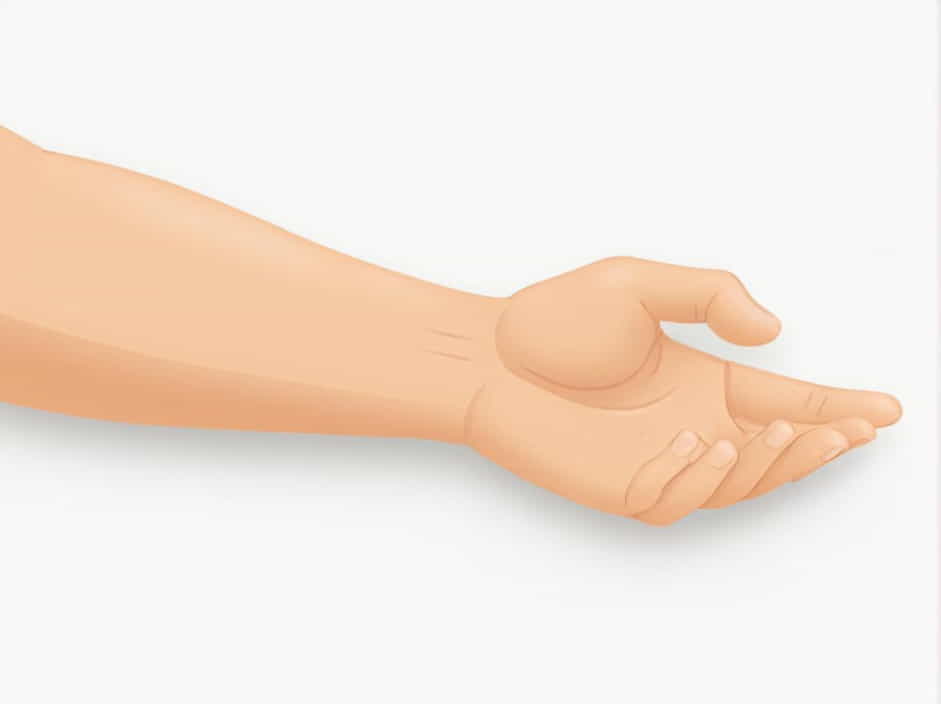The supination of the forearm is the movement that rotates the palm upward or forward. This action is essential in various daily activities and sports. However, when supination is performed rapidly or forcefully, it can lead to muscle strain, joint stress, and even injuries. In this topic, we will explore the mechanics, risks, and prevention of rapid or forceful forearm supination.
Understanding Forearm Supination
What Is Supination?
Supination is the outward rotation of the forearm, where the palm faces up or forward. It is the opposite of pronation, which turns the palm downward. This movement is primarily controlled by the biceps brachii and supinator muscle.
How Supination Works
The supinator muscle, located in the forearm, works with the biceps brachii to rotate the radius over the ulna, allowing for proper hand positioning. This movement is crucial for tasks like turning a doorknob, using a screwdriver, or lifting objects with a firm grip.
Causes of Rapid or Forceful Supination
1. Sports and Physical Activities
- Tennis and Baseball – High-speed arm movements, especially during swinging or pitching, require rapid supination.
- Weightlifting – Overloading the forearm during bicep curls or hammer curls can lead to excessive force in supination.
- Martial Arts – Rapid hand and wrist rotations in punches or grips can stress the supinator muscles.
2. Occupational Movements
- Manual labor – Repetitive twisting motions, such as using a wrench or screwdriver, can result in forceful supination over time.
- Musicians – Guitarists and drummers often use quick wrist and forearm rotations, putting stress on supinator muscles.
3. Sudden Reflex Movements
- Catching a falling object – A sudden attempt to grab something may involve a rapid supination movement, straining the muscles.
- Self-defense actions – Instinctive defensive movements can engage the forearm in unexpected, forceful supination.
Effects of Rapid or Forceful Supination
1. Muscle Strain and Fatigue
Excessive or repetitive supination can overwork the supinator muscle and biceps brachii, leading to soreness and fatigue. This is common in athletes, gym-goers, and workers who rely on hand and wrist strength.
2. Forearm and Wrist Pain
The radial nerve, which passes near the supinator muscle, can become irritated due to excessive movement. This may result in pain, numbness, or tingling in the forearm or hand.
3. Tendon and Ligament Injuries
Forceful supination can place stress on the tendons and ligaments of the elbow and wrist, leading to conditions like:
- Tennis elbow (lateral epicondylitis) – Caused by repeated forearm rotation, leading to pain in the outer elbow.
- Wrist ligament strain – Forceful twisting can overstretch ligaments, causing instability or discomfort.
4. Joint Stress and Instability
Repeated or aggressive supination can impact the elbow and wrist joints, potentially leading to conditions such as:
- Radial head dislocation – When excessive force pulls the radius out of its normal alignment.
- Arthritis – Long-term strain on the wrist and elbow joints may contribute to wear and tear.
How to Prevent Injuries from Rapid Supination
1. Warm-Up and Stretching
Before engaging in activities requiring forearm movement, perform gentle stretches and warm-up exercises to prepare the muscles. Some effective stretches include:
- Wrist rotations – Slowly rotate your wrists to loosen up the joints.
- Forearm flexor and extensor stretches – Extend and flex your wrist while keeping your arm straight to reduce tension.
2. Strengthening Exercises
Building strength in the forearm muscles can reduce the risk of injury. Try these exercises:
- Wrist curls – Using light dumbbells to strengthen wrist flexors and extensors.
- Supination and pronation with resistance – Hold a dumbbell or resistance band and rotate the forearm slowly.
- Grip strength exercises – Squeezing a stress ball or hand gripper improves overall wrist stability.
3. Proper Technique in Sports and Work
Using the correct posture and technique while performing supination-heavy activities can minimize strain. Some tips include:
- Avoid excessive force when twisting objects.
- Use both hands when possible to distribute the workload evenly.
- Maintain wrist alignment to prevent unnatural twisting.
4. Wearing Supportive Gear
Athletes and workers can benefit from wrist braces or compression sleeves to provide additional stability during repetitive forearm movements.
5. Rest and Recovery
Overuse of the forearm muscles can lead to injuries, so it’s important to allow for adequate rest between activities. Applying ice packs after intense use can help reduce inflammation and soreness.
When to Seek Medical Help
If you experience persistent pain, weakness, or limited movement after rapid or forceful supination, consult a doctor or physical therapist. Warning signs include:
- Swelling or redness around the elbow or wrist
- Sharp pain that worsens with movement
- Numbness or tingling in the hand or fingers
A professional evaluation may include X-rays or MRI scans to rule out severe conditions such as tendon tears or nerve compression.
Rapid or forceful supination of the forearm is a natural movement but can lead to muscle strain, joint stress, and even injuries if not performed correctly. Whether in sports, work, or daily activities, understanding the risks and practicing proper techniques, strength training, and injury prevention can help maintain forearm health. If discomfort arises, early intervention and proper medical care can prevent long-term issues.
